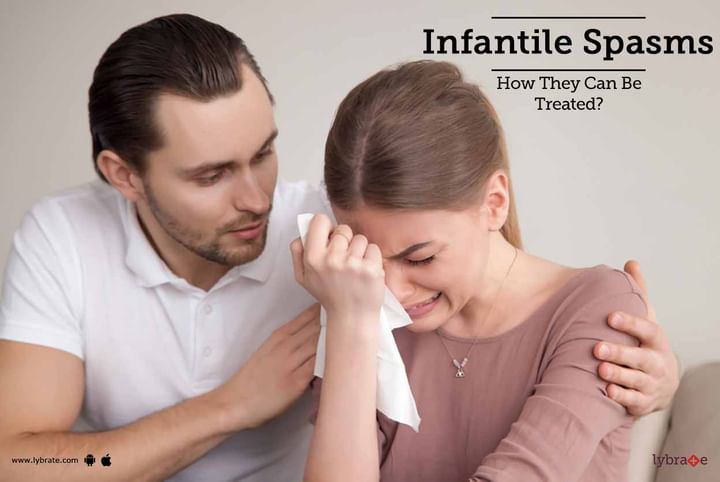Infantile Spasms - How They Can Be Treated?
Infantile spasm is a seizure-related disorder that is witnessed among infants and young children. The average age for getting affected with infantile spasm is four months, but some kids might experience this disorder within a month of the birth. This disease can have a subtle appearance, and as such it is difficult to recognize as a serious condition. While a full seizure in an adult is scary, the one observed among infants can be as little as a minor head drop, along with minor body shakes. This might appear to be that serious, but infantile spasm is more serious as compared to a full body convulsion in adults. Unfortunately, an infant suffering from infantile spasm is at great risk of developmental disability, if the condition is not detected and treated early.
Anticonvulsant Medication:
There are very few medicines that are approved by the FDA for treating infantile spasms. The two medicines that are widely used by doctors include Adrenocorticotropic hormone (ACTH) and Vigabatrin.
- ACTH: This is the oldest approved medicine by the FDA that was first discovered in the year 1958. This injection needs to be pushed twice in a day. Children tend to gain weight and feel hungry when this injection is injected.
- Vigabatrin: Vigabatrin is very well tolerated by young kids and has a successful track record of treating infantile spasms. Studies have proven that Vigabatrin can tackle tuberous sclerosis and plays an important role in improving developmental outcome.
Second line therapies:
- Pyridoxine: Dependency on Pyridoxine as a cause of infantile spasm is very rare. High dosage of oral administration of pyridoxine has fetched good results for patients, who do not suffer from pyridoxine related seizures.
- Valproic acid: Valproic acid has the best anecdotal rate of success. However, doctors do not recommend this medicine for kids less than 2 years of age because of possible complications.
- Clonazepam: This is one of the earliest non-steroid medicine for the treatment of infantile spasm. Some of the popular medicines used are nitrazepam, benzodiazepines, and clonazepam.
- Ketogenic Diet: This is a decade old practice that has come back to popularity again. Studies have shown that ketogenic diet can help 20-35 % patients of infantile spasm to keep the condition under control.
- IVIG: High dosage of IVIG has been reported to be very helpful in tackling infantile spasms. The dosage ranges from 100-200 mg/kg/dose ranging for about 2-3 weeks at stretch.
- Surgery: The final part of the therapy includes a surgery that removes the abnormal part of the brain. It should only be considered for patients who have not responded to therapies including Vigabatrin and ACTH. It should also be investigated whether the patient has any structural abnormalities of the brain.
In case you have a concern or query you can always consult an expert & get answers to your questions!



+1.svg)
